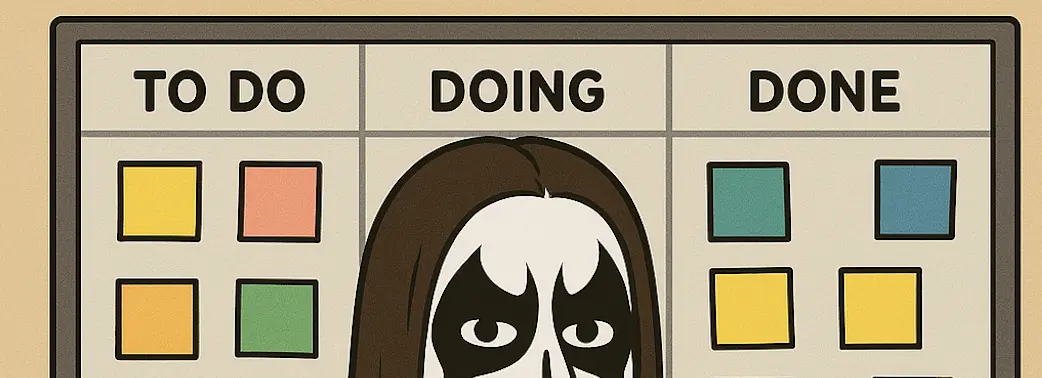Your cart is currently empty!
Managing a music project—whether it’s producing an album, organizing a tour, or releasing a single—isn’t just about creativity. It’s also about structure, communication, and clear goals. Applying project management principles can transform the chaotic process of making music into a focused, collaborative, and efficient journey.
Author’s Note: Ghethen is my artist name. To give myself some project management street cred… my other profession is a project manager and I have worked for different size companies and in different industries throughout my career. I have formally taught at a few universities in addition to speaking at past Project Management Institute (PMI) events.
What Is a Project?
According to the Project Management Institute (PMI), a project is “a temporary endeavor undertaken to create a unique product, service, or result.”
In other words it is a specific set of work to be done by a specific date with a specific cost (or set of resources). And this ultimately directs you to achieve a goal.
In the context of music, this could be:
- Recording and releasing an album
- Planning a concert or tour
- Producing a music video
- Launching a new brand identity
Project management is not complicated and, most likely, you have heard about it or regularly use it. This article was constructed to formally walk through all of the concepts and make them fresh in your mind so that you can tackle your musical goals. In reality, the concepts behind projects are useful in daily life for any and all activities.
What is Project Management?
You should consider learning project management techniques, albeit maybe just in a basic manner, so that you can organize the mountain of work that is required to put out a song, an album, or perform a live show.
Once you define your project (in my humble opinion, is to write, record, distribute, and perform an EP of around 5 songs), the next step is to breakdown and list out all of the individual work that needs to be done. In project management, these items are called tasks. Ideally you think through these tasks so that they are at an appropriate level where you can get things done, maybe a week or less. For example, writing a song it too big. But writing the chorus, writing the initial verse, or writing the drums are a better size tasks that you can both get your head around and see some positive progress within a few days.
I don’t think I need to talk you into the need for organization, but look at it from a motivation and distraction perspective. A lot of musicians will fit into a few categories, two of which are in dire need of the mindset that comes from project management:
- The “always has the next great idea” person – This type of artist moves from project to project or song to song never finishing one.
- The “its never perfect enough” person – The artist is subconsciously never moving on due to a fear of commitment.
Project management can help you see the big picture with a single focus to help move you forward regardless of your present state of mind. You need to get things done, not half done.
And the project manager (you or anyone from your music “crew”) can facilitate the planning, execution, and closing out of the tasks to meet your goal.

Define Your Project With The Triple Constraint
Before you plan or assign tasks, you must clearly define what your project actually is. Are you:
- Producing an EP or full-length album?
- Creating a live show or tour experience?
- Developing a music video or visual campaign?
- Launching a new single with a marketing push?
Once you know what you’re creating, define its boundaries using the three classic (there are other versions) project management constraints. They are called constraints because they are limited within themselves and in relation to the other constraints.

The underlying concept, albeit rather simple, can be useful when pondering how a project will be planned and executed. If a constraint is changed, e.g., scope, then the other two constraints will in turn be affected. If you want to produce 500 t-shirts rather than 250, then the cost of your project will increase and the time to produce the additional shirts will also increase. When I teach project management I want students to sear this concept into their brain because it helps make decisions… and move forward to your ultimate goal.
Let’s define each constraint.
1. Scope
What is included in your project—and what isn’t? For example:
- An EP might include 5 songs, 1 music video, and a press kit.
- A live show might include lighting design, rehearsals, and venue booking.
To help you determine the scope of your project, there are various techniques you can use to list out the items such as using a similar past project or walking through the process that is used to produce the end product.
The article The 10 phases of music production from Steven Meloney is a good overview of the steps to produce a song. Each of these steps (what he calls phases) can become tasks for your project. If you are creating an EP, then the steps can be duplicated per song.

2. Schedule
How much time do you have to complete it?
The “due date” for each task, each product or deliverable, or the final completion of the project is set to determine the schedule. Scheduling can be an art in itself but starting to put a stake in the ground for each task is a good start.
For example, set a target release or performance date. As you think about the steps that go into the date you chose, you can work through if the date is feasible and needs to be moved.
A good schedule is flexible as things will inevitably change. As good as you planning will be, there will be gotchas that will cause you to re-evaluate your schedule. In the modern project management world, there are many tools that can help setup your schedule, track it, and modify it as necessary. In the old days, re-setting a schedule was a beast of a task. Nowadays, it is very straightforward as long as you track the right information (and AI even makes this simpler).
Clear schedules help balance creativity with accountability.
3. Cost
The final, but usually the most controversial of the project management constraints, is cost. This also represents the resources that is used on the project and you can see your time, or your band’s time, in terms of the hours spent per task.
Cost is the people (hours x rate), materials, and equipment that are used on the project.
What’s your budget? What is your profit?
- Consider studio fees, mixing/mastering costs, artwork, video production, and promotion.
- Track spending to ensure you don’t overshoot financial limits.
Cost is important for planning (versus execution) because you will need to anticipate when in the project you need to have funds to pay for things like merchandise production and deposits for venues. “You have to spend money to make money.” If you don’t plan for this crucial timing, then you may see delays or missed opportunities key to your project goals.
Together, scope, schedule, and cost form your project’s “triple constraint”—the key boundaries that keep your project realistic and achievable.
Three Relevant Types of Project Management, But Kanban is King
There are many types of project management, but all fall within the two categories of predictive or agile. This article will not dive into the difference of the categories, but the methods within them are better for various types of work. For example, if you have a straightforward project that you have done before (like record a song), then predictive is the best and will provide you scheduled dates to follow. On the other hand if you have something more ambiguous (like writing a song), then you might use agile as it can help you visualize the work to be done and help produce various versions of the song that might improve iteration over iteration.
I chose predictive and the two agile methods of Scrum and Kanban as they have helped me in various types of music projects. And I think that you can focus on learning their techniques via some simple training videos via YouTube while asking yourself in the back of you mind how you might apply them.
Different teams and projects require different approaches. The three most useful for music production are summarized in the following table:
| Type | Structure | Best For | Example |
|---|---|---|---|
| Predictive (Waterfall) | Linear, sequential | Projects with fixed plans | Recording and producing an album |
| Scrum (Agile) | Iterative sprints | Creative, evolving projects | Writing and refining songs collaboratively |
| Kanban (Agile) | Continuous workflow | Ongoing activities | Managing promotion, gigs, or content creation |
I encourage you to learn the background of each of the above methodologies, but the most easily applied, immediately is Kanban. The idea is to visually see all of the work you need to do via a board that can be used in person or online (Scrum also uses a visual board, but requires an explanation of sprints and velocity). A great source for Kanban (and Scrum) are the Atlassian blog and videos.

Atlassian is the developer of tools such as Jira and Trello. Trello is one of my recommended tools later in this article.
An example of this board is as follows:
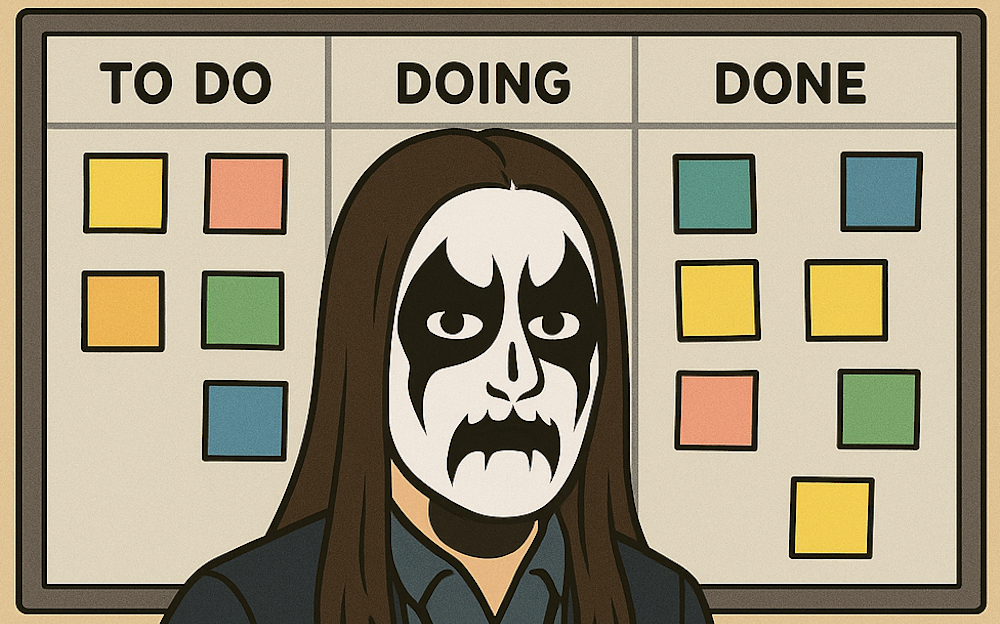
The squares in the example are sticky notes with the project tasks written on them. And the columns represent the steps in your process to get work done. In the most simplest sense, you can use the 3 column approach (shown in the picture). But you can add more columns if you wanted to include a callout for reviewing or approval of something. With a larger project (with more tasks), you can also add a “Backlog” column to have all project tasks but only put those in the most immediate future (the next week) into the “To Do” column.
Interestingly enough, there is the concept of a tracking sheet that is at the core of the studio recording process and, if you have recorded in a studio, you have probably either directly used a tracking sheet or saw one being used by the studio engineers.
A tracking sheet is the same underlying principle to see the full project in one view. It has columns that represent the various steps to be done per song. The one main difference is that you do not move a single sticky, that would represent be the song, through each column. The reason is that multiple things can be in progress at a time. There are different views on whether this is healthy as one view is to work on one thing until completion. Regardless of which method you would choose, a tracking sheet or a Kanban board, the important point is to consciously choose your method and make sure the full team (a.k.a. band, producer, engineer) understand the method, its process, and the expectations to keep it updated.
Here is an example from an article by Sound on Sound for a Muse song.

Recommended Tools for Music Project Management
There are many project management tools with pros and cons for the different methodologies available.
Getting up to speed quickly and allowing the rest of your team (a.k.a. band) to collaborate is key to see some success in usage of a tool.
My top recommendation is Trello from Atlassian and it supports Agile methodologies such as Kanban. It is free to setup and use with the ability to assign tasks to other team members (just setup them up with their email). The point of a visual board is for everyone to see it, so if there is some sort of paywall in order to add collaborators, that should be a no go on that tool (unless you want to pay).
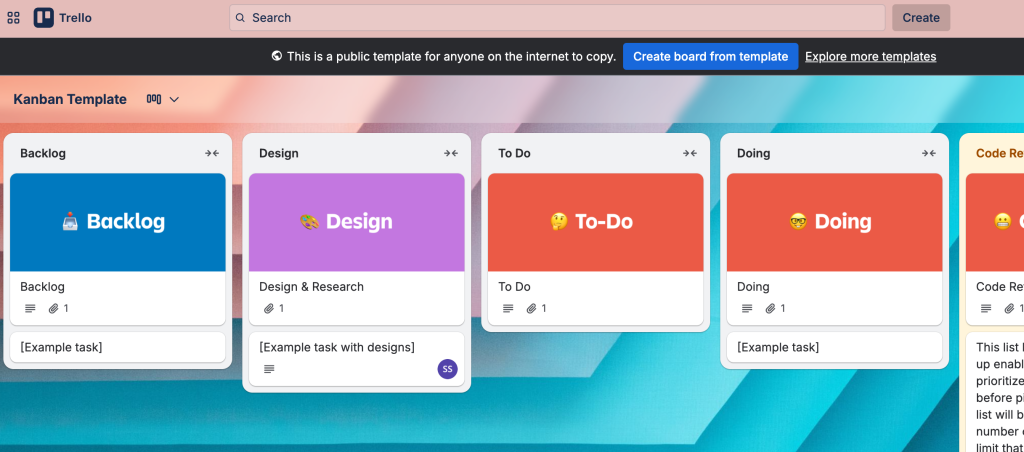
Another great feature of Trello is that you can also assign firm dates to the tasks and then view a schedule. This is a hybrid approach and is the “next level” project management methodology. As with anything, you will need to try out Trello and learn is framework, but once you understand how to make it support your project, it will increase you productivity, ensure you don’t miss important dates, and allow you to pivot effectively because everyone can see everything.
Another tool I like to recommend is Notion. This tool has so many features that it can be daunting to setup. Its core strength is collaboration on documentation, which in the music world, would be centralizing compositions and lyrics for songs. You might also centrally store ideas for shows and tours. Taking it a step further, you can also setup Agile boards just like Trello and then transform these into hybrid schedules. It can be your band’s online headquarters for everything. The only drawback is that someone is going to have to bear the responsibility to manage the site’s format and content because it can easily become a mess of great ideas.
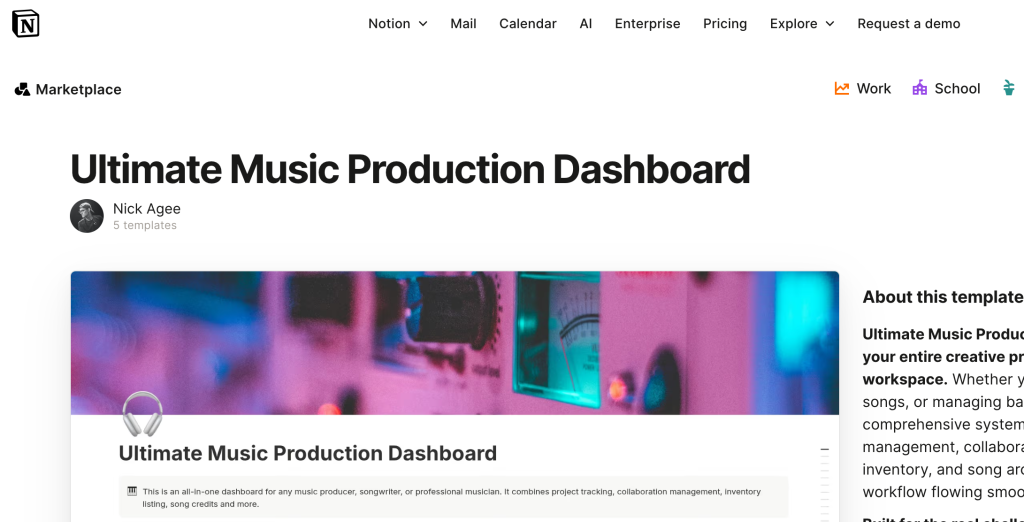
Getting Things Started: A Simple Process
To get started, even if you are in the middle of a project, is to go through this simple process.
- Define Your Goal and Scope: Clarify what you’re creating.
- Break It Down: Identify key tasks and milestones.
- Assign Roles: Determine who handles writing, production, visuals, marketing, etc.
- Set Timelines and Budgets: Map out your calendar and costs.
- Start Small: Begin with one track, phase, or event to refine your process.
And, a good practice is to re-review these steps weekly. Even if you defined your goal and scope, in following weeks you can simply ask “did the goal change?” If so, then what tasks need to be added or modified.
Think in Repeatable Cycles
As mentioned, the simple 5-steps can be reviewed weekly. This is a repeatable process within a repeatable cycle of a week.
The power of project management is to standardize what you are doing and to repeatedly do it. If you used the project management techniques on one project but never again used them, then you are doing it wrong. The point is to learn as you go along and hone in on the best way to accomplish your goals.
In addition to searing the triple constraint into your brain, you also need to sear the idea of repeatability. Once you anticipate that a process is going to be reused, you may design it differently. Once your team knows you are going to use a process again, they will be upfront will feedback on what worked and what didn’t.
In conclusion, your simple next steps are…
- You meet weekly with your band, group, etc.
- You walk through the 5-steps / questions each week. Only discuss the changes when needed.
- You start using a tool (like Trello) to track your work.
- REPEAT
Good project management brings clarity to creativity. By defining your project’s scope, schedule, and cost—and by using structured tools like Trello and Notion—you give your team direction without limiting artistry.
When you plan with purpose and review regularly, your creative vision becomes a finished reality.
Still have questions?
